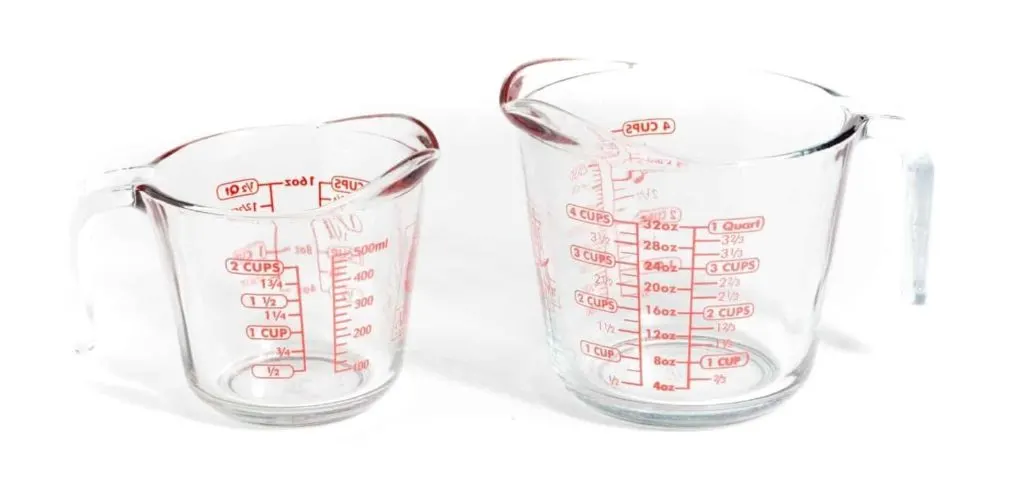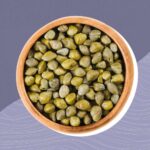Conquering the Kitchen: How Many Cups in a Quart?
Ever embarked on a baking adventure only to be stumped by measurements? Units like cups and quarts, while seemingly straightforward, can cause confusion, especially when converting between them. This article tackles the conversion between cups and quarts, delving into their origins, uses in cooking, and practical tips for successful recipe conversions.
A Dive into Cups: A Versatile Unit for Everyday Use
The cup, a familiar unit in the kitchen, has origins dating back to ancient civilizations. Early civilizations used various cup-like vessels for measuring and consuming liquids. The standardized cup, as we know it today, emerged in the United States during the 18th century.
The US customary system defines a cup as equal to 16 fluid ounces. This definition applies to both dry and liquid ingredients, although some variations exist for specific commodities like berries (US customary cup) or butter (metric cup).
The cup’s versatility makes it a popular choice in recipe measurements. It allows for easy scaling of recipes and promotes consistency in cooking. Measuring cups, typically featuring markings for fractions of a cup, are readily available in kitchens worldwide.
Quarts: A Larger Unit for Bigger Volumes
The quart, another common unit in cooking, stems from the Latin word “quartus,” meaning “fourth.” This refers to the quart being historically one-quarter of a larger unit, the gallon. Similar to cups, the quart has roots in ancient measurements of liquid volume.
The US customary system defines a liquid quart as equal to 32 fluid ounces. This is precisely double the volume of a cup (32 fl oz / 16 fl oz/cup = 2 cups). A dry quart, used for bulkier dry ingredients, is slightly larger than a liquid quart to account for settling.
Quarts are often used for measuring larger quantities of liquids in cooking, such as stocks, broths, or large batches of beverages.
Conversion Conundrums: Mastering the Switch Between Cups and Quarts
Converting between cups and quarts is a breeze once you understand the basic relationship. Here’s a simple conversion factor:
- 1 quart = 4 cups
There are several methods for performing the conversion:
- Manual Calculation: Multiply the number of quarts by the conversion factor (4 cups/quart) to find the equivalent number of cups. For example, to convert 2 quarts to cups, you would calculate: 2 quarts * 4 cups/quart = 8 cups.
- Conversion Charts: Many recipe books or online resources provide conversion charts for easy reference. These charts list equivalent measurements in cups, quarts, and other units.
- Measuring Cups: Some measuring cups have conversion markings printed on the side, allowing for quick conversion within the same tool.
Essential Conversions for the Savvy Cook
Here’s a quick reference table for common conversions between cups and quarts:
| Quarts | Cups |
|---|---|
| 1 | 4 |
| ½ | 2 |
| ¼ | 1 |
| ⅓ | ¾ |
| ⅔ | 1 ½ |
Beyond Baking: Practical Applications of Cups and Quarts
While cups and quarts are essential in the kitchen, they have applications beyond culinary creations:
- Drinks and Beverages: Recipes for cocktails, mocktails, or large batches of iced tea often use cups or quarts for measurement.
- Household Measurements: Cups and quarts can be used to measure cleaning solutions, paint, or other household liquids.
- Gardening and Plants: Potting mixes or fertilizers might be sold or measured in cups or quarts.
Understanding these units equips you for various household tasks beyond the kitchen.
Frequently Asked Questions (FAQ)
Q: Is a cup the same as a mug?
A: No, cups and mugs are not the same. A cup is a unit of measurement, while a mug is a type of drinking vessel. Mugs can vary significantly in size, and their volume might not correspond exactly to one cup.
Q: What are fluid ounces?
A fluid ounce (fl oz) is a unit of volume specifically for liquids. It is the base unit from which cups and quarts are derived (1 cup = 16 fl oz; 1 quart = 32 fl oz).
Q: How many quarts are in a gallon?
A gallon is a larger unit of volume equal to 4 quarts.
Q: Do cups and quarts differ between the US and metric systems?
A: Yes, the US customary system and the metric system have different definitions for cups and quarts.
Conquering Conversions: Tips for Recipe Success
Following these tips can ensure successful recipe conversions between cups and quarts:
- Identify the Measurement System: Before converting, determine whether the recipe uses US customary units or metric units. Look for clues in the ingredients list or recipe instructions.
- Choose Your Conversion Method: Select the conversion method that works best for you. Manual calculation, conversion charts, or measuring cups with conversion markings are all viable options.
- Be Precise: Use accurate measuring tools and round measurements appropriately (e.g., ¾ cup instead of 0.75 cup). Small discrepancies can impact the final product.
- Consider Ingredient Type: For dry ingredients like flour, pack the measuring cup gently to avoid overmeasuring. Conversely, spoon or pour liquid ingredients to ensure accurate measurement.
By following these tips and understanding the relationship between cups and quarts, you can confidently tackle recipe conversions and achieve baking and cooking success.
The Future of Measurement: A Global Kitchen?
The world of cooking is becoming increasingly global, with recipes shared and adapted across cultures. In the future, a more standardized system of measurement might emerge, potentially simplifying recipe conversions. However, the familiarity and convenience of cups and quarts, particularly in the US, might ensure their continued use in home kitchens for years to come.
Regardless of the future, understanding cups and quarts equips you with a valuable tool for navigating the exciting world of culinary creations. So, the next time you encounter a recipe with measurements in cups or quarts, you’ll be well-equipped to convert with confidence and embark on a delicious culinary adventure.



